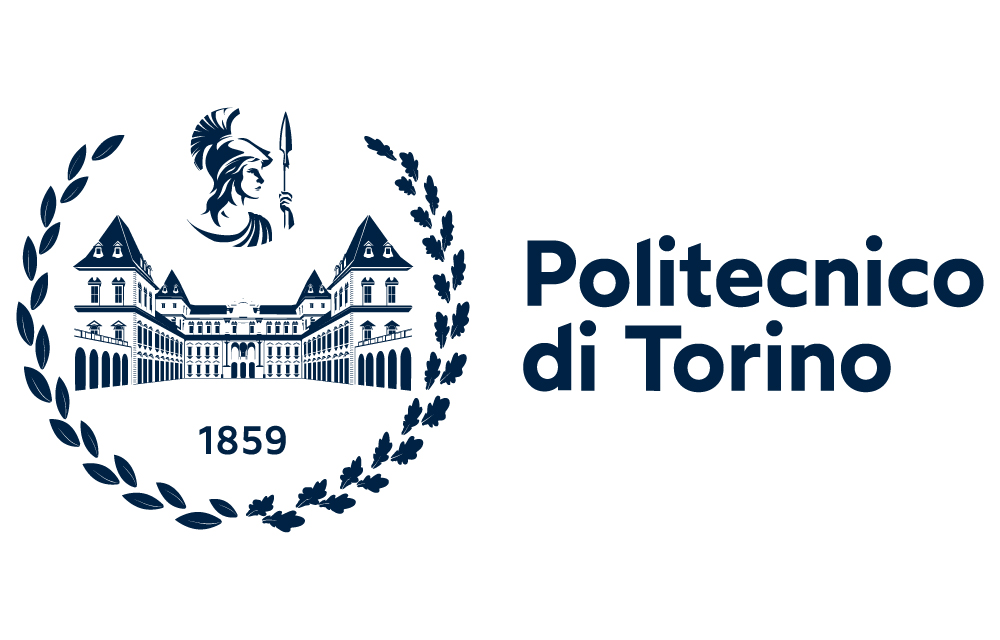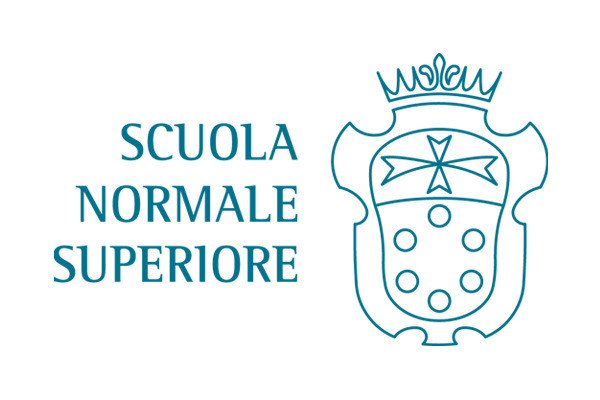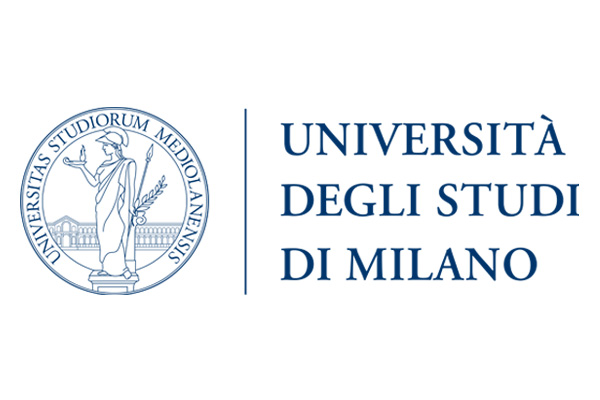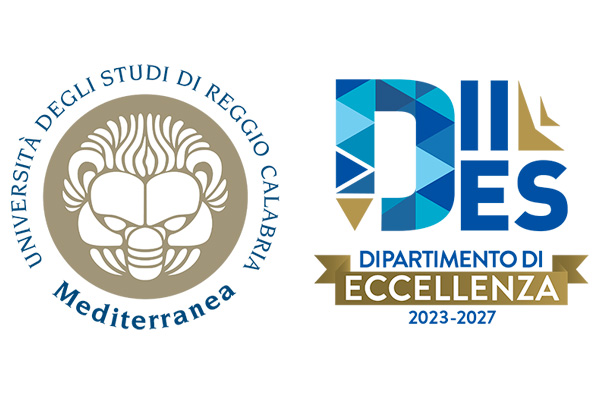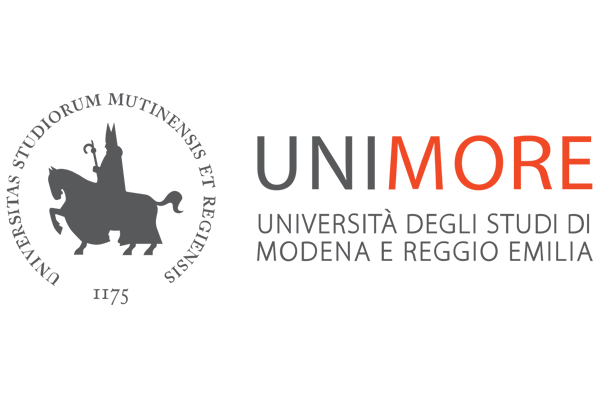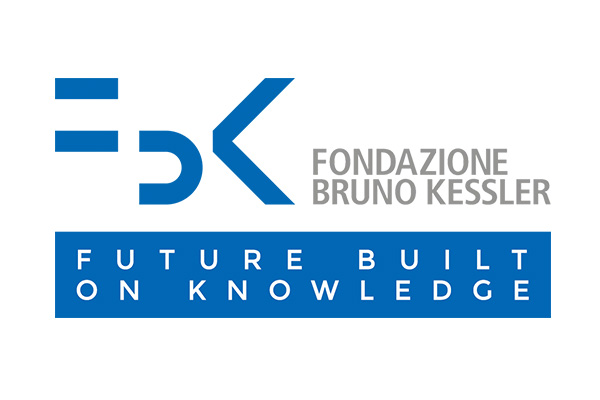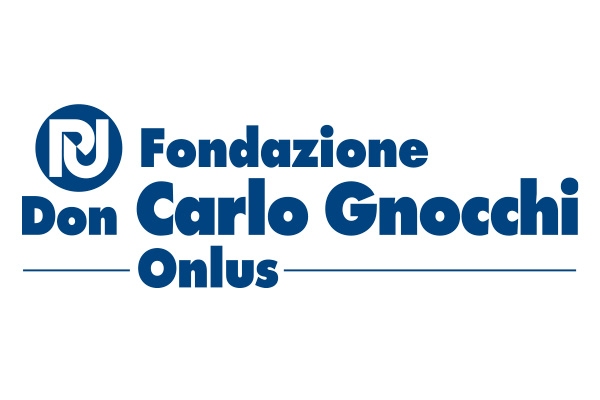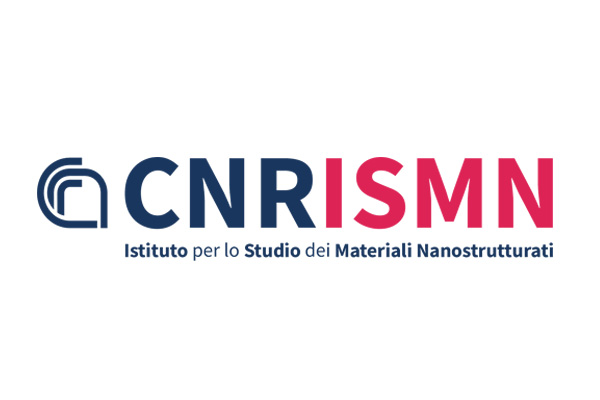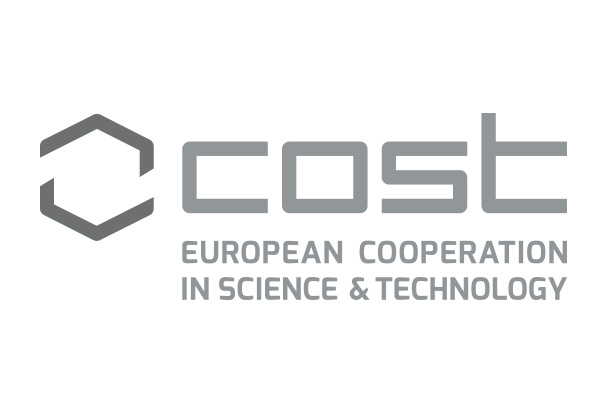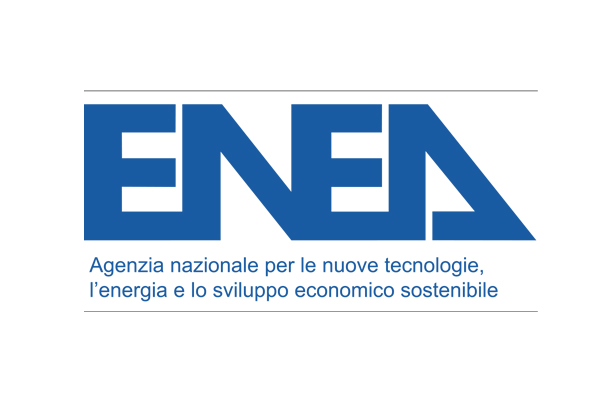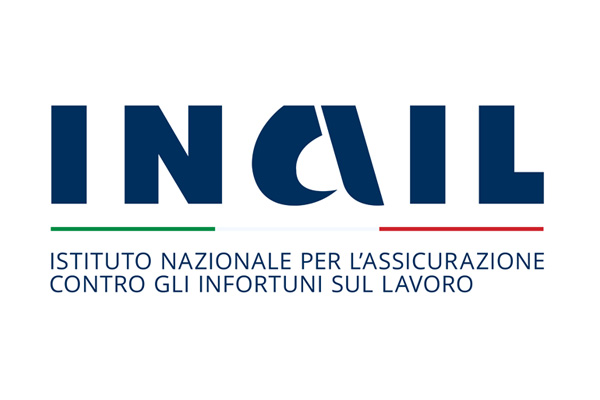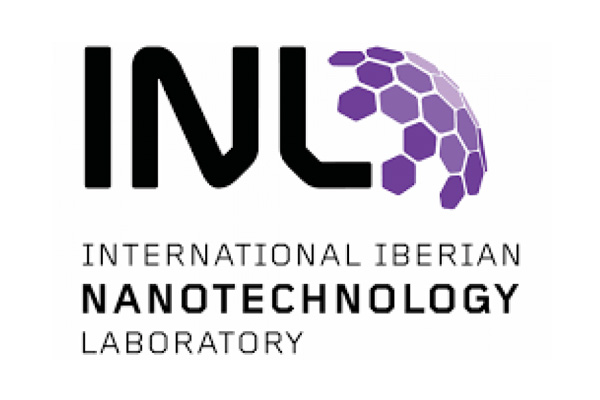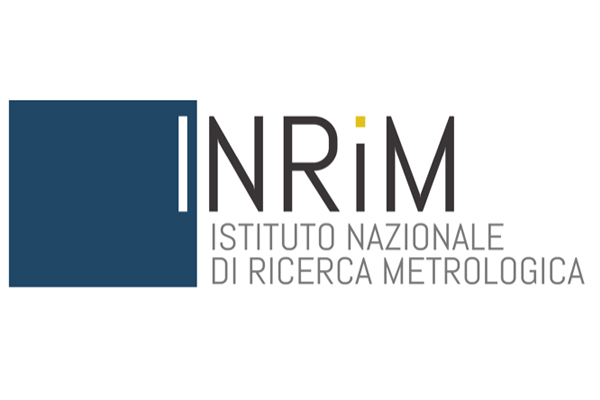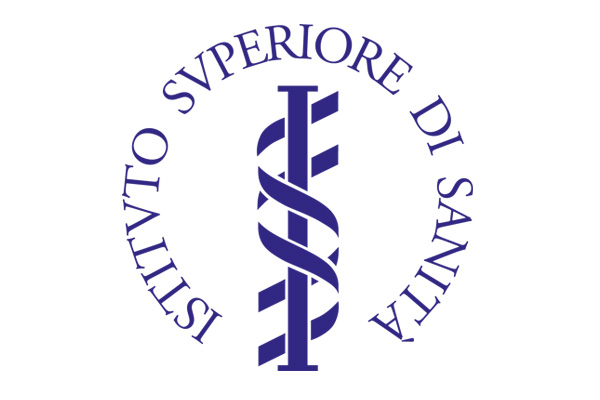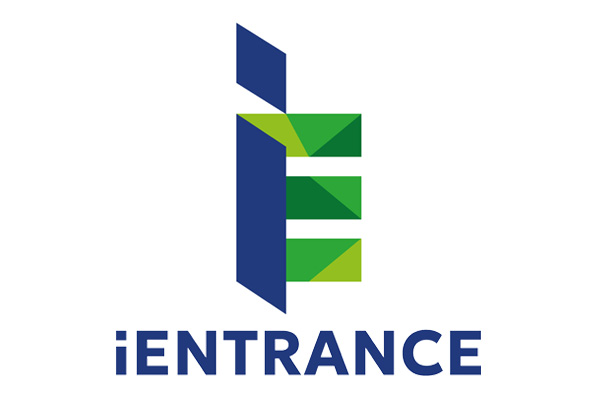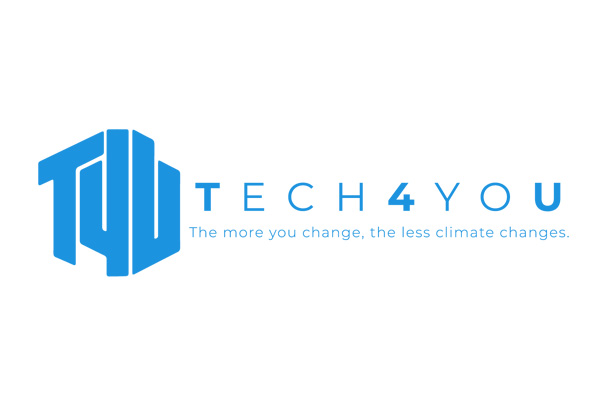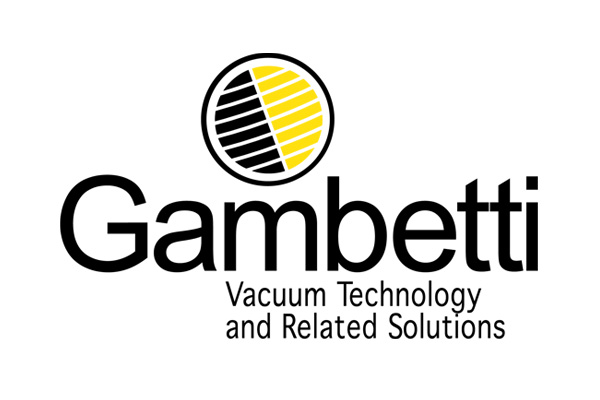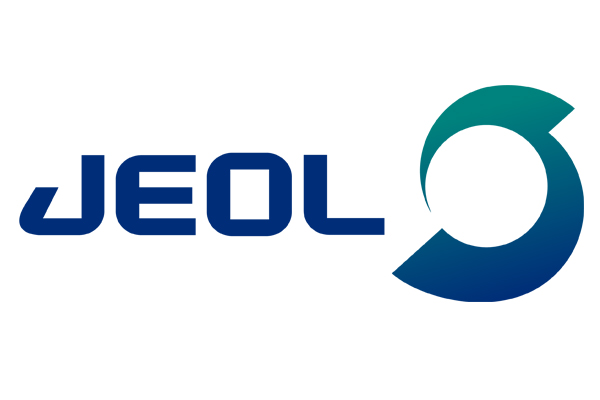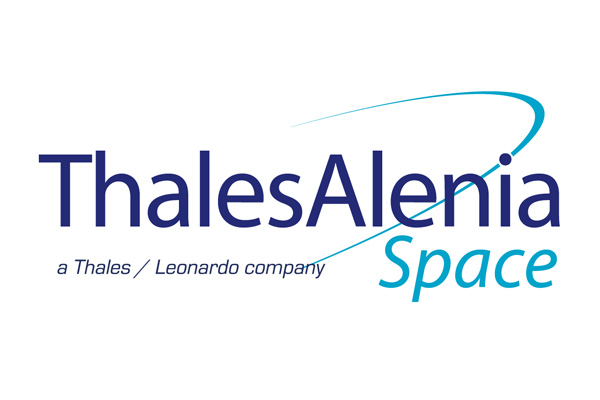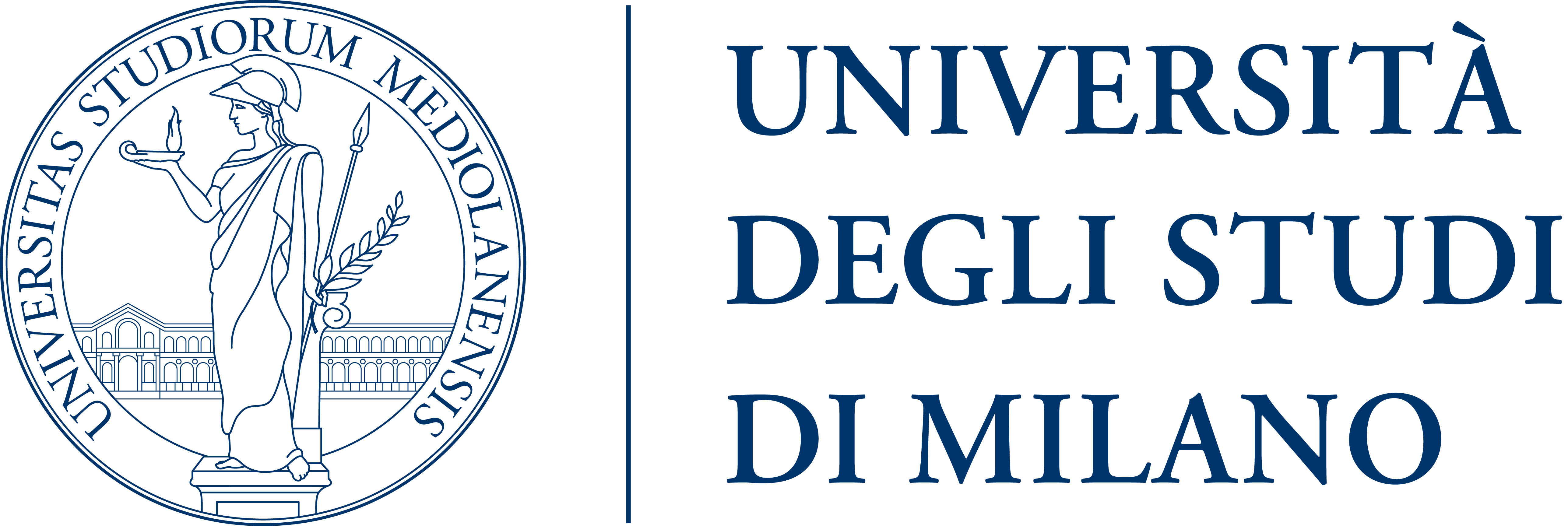| 17 September | ||||||||
| 09:00 - 10:30 One Health Extracellular vesicles: current landscape and future direction JE.I.1 - TT.I.A |
||||||||
| Chairs: Stefano TACCONI & Emily SCHIFANO, Sapienza University of Rome | Annalisa RADEGHIERI & Alice GUALERZI, EVita | ||||||||
| Continuing the series of workshops on the role of extracellular vesicles (EVs) started in Nanoinnovation 2022 (Extracellular vesicles: The new era of the intercellular communication) and continued with the editions of 2023 (The intercellular communications by extracellular vesicles: a specialized and diversified network in physiological and pathological conditions) and 2024 (The emerging role of extracellular vesicles in reproduction: from gametogenesis to interaction with immune system), we decided in this edition of Nanoinnovation 2025 to develop the topic of EVs in the more general and inclusive context of One Health. Indeed, it is surprising that although EVs play a critical role in maintaining the homeostasis of normal physiological systems, most of our knowledge of EV signalling comes from pathological systems, such as the understanding of the role of EVs gained from their analysis in biofluids obtained in the clinic. The world of extracellular vesicles is therefore not limited to disease, but their role in physiological processes is crucial for good health, which in turn is closely linked to the health of the environment, animals and plants. Therefore, in order to interfere with EV signalling for therapeutic benefit, a more fundamental understanding of how EV populations change in different bio districts - in size, number and physicochemical composition - is crucial to unravel their functional roles in translational models in vitro and in vivo, which can then be fed back to the clinic. | ||||||||
| JE.I.1.1 TT.I.A.1 |
Introductive Keynote Giorgia ADAMO - CV CNR-IRIB From Nature’s nano‑Secrets to Next‑Level Innovations: Microalgal Extracellular Vesicles for Pharmaceutical and Cosmetic Applications |
 |
||||||
| JE.I.1.2 TT.I.A.2 |
Samanta MECOCCI - CV University of Perugia & University of Tuscia - DIBAF Anti-inflammatory and Immunomodulating potential of Extracellular Vesicles from Animal Milk |
 |
||||||
| JE.I.1.3 TT.I.A.3 |
Mariana KARIMOVA - CV Sapienza University of Rome Extracellular vesicles in the crosstalk between glioblastoma multiforme and BV2 microglia: from the morphological characterization to the role in the tumour microenvironment |
 |
||||||
| JE.I.1.4 TT.I.A.4 |
Giorgia BARBIERI - CV ISS & Sapienza University of Rome Small RNAs carried by Outer Membrane Vesicles produced by hlyF-positive Shiga toxin- producing Escherichia coli represent a complex mechanism to regulate the infection process |
 |
||||||
| JE.I.1.5 TT.I.A.5 |
Vito Antonio AMICO - CV Sapienza University of Rome Plant extracellular vesicles as delivery vehicles for small RNAs with potential therapeutic applications |
 |
||||||
| 11:30 - 13:00 One Health bioengineering: integrating innovation for a healthier world JE.I.2 - TT.II.A |
||||||||
| Chairs: Stefano TACCONI, Sapienza University of Rome | Laura GIANNOTTI, University of Salento | Nicola MANFRINI, University of Milan | ||||||||
|
One Health Engineering is a recent and very fast growing interdisciplinary field that uses engineering principles to address public health issues at the intersection of human, animal, and environmental health. The development of innovative solutions to challenges such as zoonotic disease control, antimicrobial resistance, food safety, water security, and environmental sustainability is based on a One Health approach that harnesses technology, infrastructure, and data science. Integrating approaches such as biomedical engineering, environmental engineering and systems engineering into One Health strategies will enable researchers and practitioners to develop more effective ways to monitor and mitigate health risks to humans, animals, plants and environment. The One Health Engineering approach ensures a holistic response to health threats and plays a central role in disease surveillance, biotechnological solutions and environmental management. |
||||||||
| JE.I.2.1 TT.II.A.1 |
Introductive Keynote Alberto REINER - CV Università Campus Bio-Medico di Roma Micro & nanofabrication for biomedicine and One Health |
 |
||||||
| JE.I.2.2 TT.II.A.2 |
Manuela Teresa RAIMONDI - CV Polytechnic University of Milano Frontiers in nanotechnology applied to drug discovery |
 |
||||||
| JE.I.2.3 TT.II.A.3 |
Stefania OLIVETO - CV INGM & University of Milan Optical bioreactor platform for long-term culture and tumorigenic monitoring of primary lymphocytes and CD34+ hematopoietic cells |
 |
||||||
| JE.I.2.4 TT.II.A.4 |
Benedetta DI CHIARA STANCA - CV IPCB-CNR Irisin-loaded bioceramic hydrogels for site-specific osteoarthritis treatment |
 |
||||||
| JE.I.2.5 TT.II.A.5 |
Stefania VILLANI - CV University of Salento Fabrication of Drop-Casted and Electrospun Chitosan/Hydroxyethyl Cellulose Membranes with Encapsulation of Probiotics for Biomedical Applications |
 |
||||||


